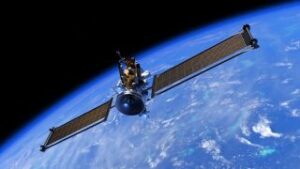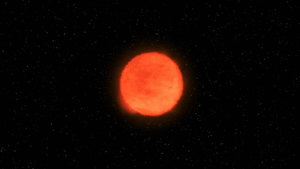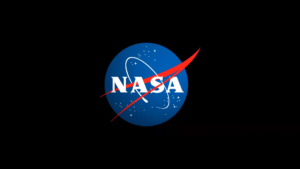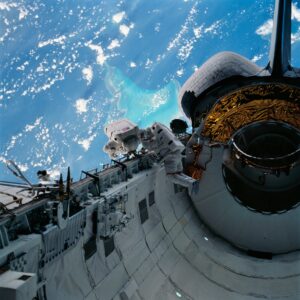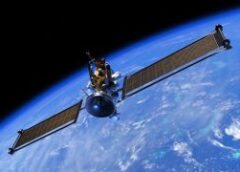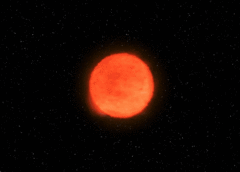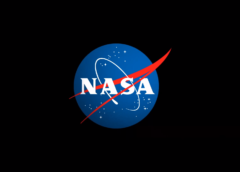2 min read Preparations for Next Moonwalk Simulations Underway (and Underwater) NASA completed a full duration, 650-second hot fire of the RS-25 certification engine Nov. 29, continuing a critical test series to support future SLS (Space Launch System) missions to deep space as NASA explores the secrets of the universe for the benefit of all. Danny Nowlin NASA completed a full duration, 650-second hot fire of the RS-25 certification engine Nov. 29, continuing a critical test series to support future SLS (Space Launch System) missions to deep space as NASA…
Read MoreWatch Europe’s new Ariane 6 rocket fire its engines in new timelapse video
Ariane 6, the European Space Agency‘s (ESA) next-generation launch vehicle recently passed a major milestone as the rocket moves closer to its debut. A Nov. 23 wet dress rehearsal put the spacecraft and its ground crews to the test, running through a full countdown and rocket fueling, and culminating in a 7-minute firing of the core stage’s main engine. A new video released by ESA and posted to the agency’s YouTube channel highlights the Nov. 23 test in a timelapse compilation, condensing the rocket rollout and hot fire to about…
Read MoreArtemis 2 moon astronauts autograph their own rocket 1 year before launch
The next four moon astronauts signed their names Monday (Nov. 27) on a rocket piece that will send them to lunar realms in late 2024, only one year from now. The Artemis 2 crew, amid moon training, put their signatures on the adapter for their Orion spacecraft, which will be mounted on top of the massive Space Launch System (SLS) rocket. The four astronauts, clad in cleanroom wear, did the ceremonial activity at NASA’s Marshall Space Flight Center in Huntsville, Alabama. The adapter will sit just underneath the astronauts’ Orion…
Read MoreThe Beginnings of a Sunrise
The sun’s first rays begin illuminating Earth’s atmosphere in this photograph from the International Space Station as it orbited 260 miles above the central United States. At far left, the city lights of Chicago, Illinois, are outlined by Lake Michigan. At far right, the city lights of the Dallas/Fort Worth metropolitan area shine through the clouds.
Read MoreHam Radio in Space: Engaging with Students Worldwide for 40 Years
In May 2018, a student at Mill Springs Academy in Alpharetta, Georgia, Andrew Maichle, talked to NASA astronaut Scott Tingle on the International Space Station via amateur or ham radio. The experience profoundly affected Maichle, who went on to study electrical engineering at Clemson University in South Carolina. “It was so cool to see in real time the utmost levels of what people in science are able to accomplish, and to talk to and interact with someone at that level,” Maichle recalls. “The space station is an incredible work of…
Read MoreDark matter may be hiding in the Large Hadron Collider’s particle jets
A new search for dark matter has turned up empty handed — but, in a silver lining, the effort provided important limits that will help future experiments narrow down the hunt for this elusive substance. Most astronomers believe that dark matter accounts for 85 percent of all mass in the universe, and that its existence would explain the apparent extra gravity detectable around galaxies and within huge galaxy clusters. However, so far, no one has been able to identify what dark matter is made of. Until recently, the front-runner suspect…
Read MoreJames Webb Space Telescope spies a newborn star in its cosmic crib (image)
Using the James Webb Space Telescope (JWST), astronomers have observed the luminous cloud of material that surrounds a newborn star, cocooning it in a crib of gas and dust. These so-called Herbig-Haro objects are created when stellar winds and jets of gas billow from newborn stars, causing shockwaves that slam into the gas and dust from which the star was born at high speeds. This particular Herbig-Haro object, which can be seen dominating the bottom half of this stunning new JWST image, captured with the telescope’s Near-InfraRed Camera (NIRCam) instrument,…
Read MoreExoplanet ‘haze’ makes it harder to identify water on alien worlds. Scientists may have a solution
One of the primary tasks of the James Webb Space Telescope (JWST) is to scan the atmospheres of exoplanets for signs of habitability. And, as far as we know, water is necessary for life. So naturally, detecting the presence of water in and around alien worlds is a high priority for planetary scientists. There is, however, one problem. Getting a clear, unfiltered view of what might be present in exoplanet atmospheres can be difficult due to the presence of something seemingly trivial — haze. It’s likely that organic hazes of…
Read MoreArtemis II Crew Signs NASA Moon Rocket Hardware at Marshall
NASA/Charles Beason Artemis II NASA astronauts Victor Glover, Reid Wiseman, and Christina Koch of NASA, and CSA (Canadian Space Agency) astronaut Jeremy Hansen signed the Orion stage adapter for the SLS (Space Launch System) rocket at NASA’s Marshall Space Flight Center in Huntsville, Alabama, Nov. 27. The hardware is the topmost portion of the SLS rocket that they will launch atop during Artemis II when the four astronauts inside NASA’s Orion spacecraft will venture around the Moon. From left, Artemis II astronauts Jeremy Hansen, Christina Koch, Victor Glover, and Reid…
Read MoreMariner-C Spacecraft Model
A model of the Mariner-C spacecraft at the National Aeronautics and Space Administration (NASA) Lewis Research Center for a June 1964 Conference on New Technology. Mariner-C and Mariner-D were identical spacecraft designed by the Jet Propulsion Laboratory to flyby Mars and photograph the Martian surface. Mariner-C was launched on November 4, 1964, but the payload shroud did not jettison properly and the spacecraft’s battery power did not function. The mission ended unsuccessfully two days later. Mariner-D was launched as designed on November 28, 1964 and became the first successful mission…
Read More